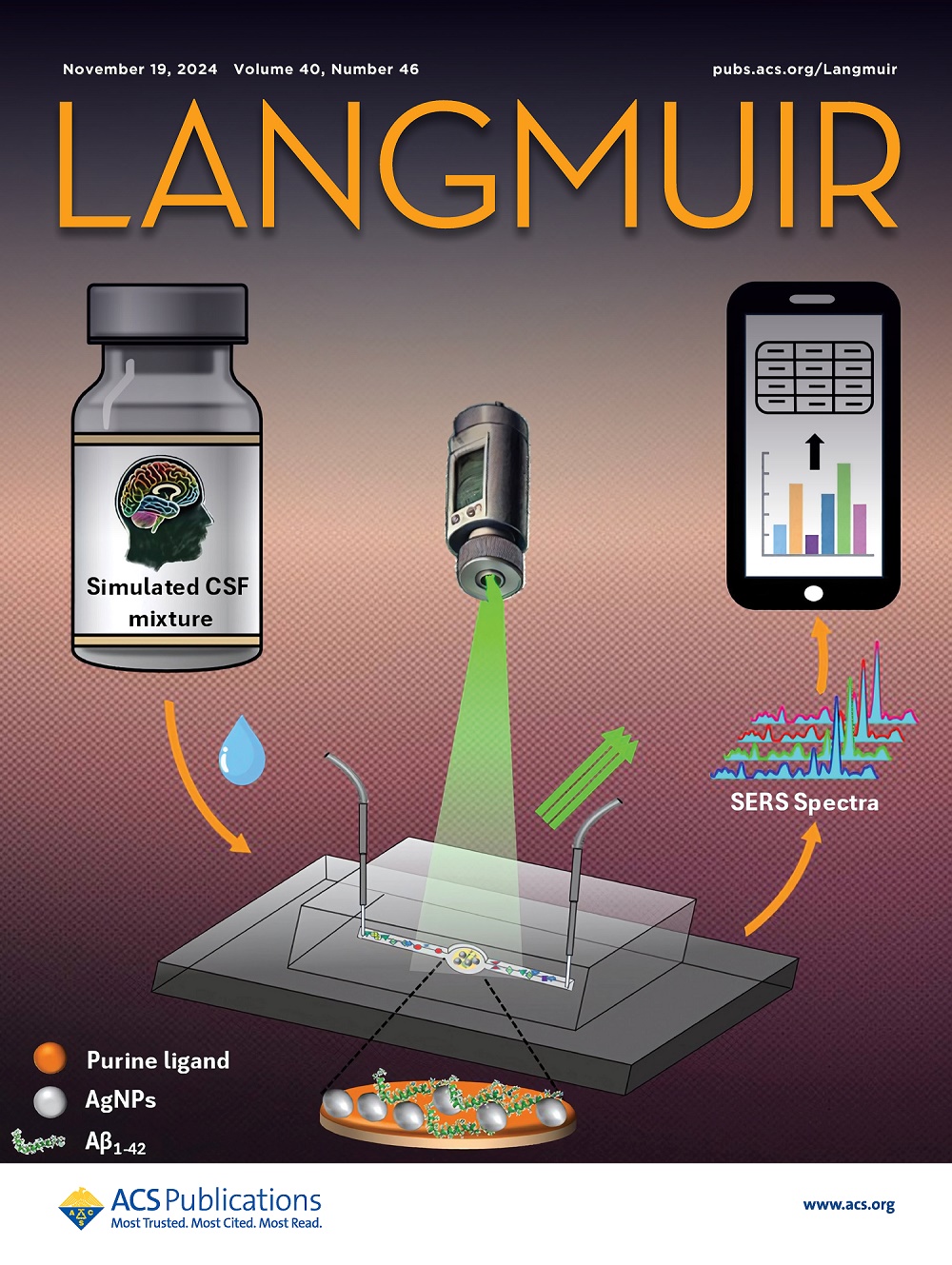High-Temperature Rheological and Molecular Dynamics Analysis of Asphalt Modified with SiC Filler
IF 3.7
2区 化学
Q2 CHEMISTRY, MULTIDISCIPLINARY
引用次数: 0
Abstract
This study aims to address the increasingly complex environmental demands by enhancing the high-temperature durability of asphalt pavements during service, study on the effect and mechanism of silicon carbide (SiC) ceramic micropowder on the performance of modified asphalt. The rheological properties and modification mechanism of SiC-modified asphalt were analyzed using Saturates, Aromatics, Resins, and Asphaltenes (SARA) fraction analysis, viscosity tests, dynamic shear rheological (DSR) tests, Fourier transform infrared spectroscopy (FTIR), and molecular dynamics (MD) simulations. The results show that SiC ceramic micropowder, with its high specific surface area and rich porous structure, effectively adsorbs the lighter components of asphalt, significantly improving its viscosity and high-temperature stability. Rheological tests demonstrate that SiC ceramic micropowder significantly increases the viscosity and rutting factor of asphalt, with a 34.74% improvement in G*/sin δ at 60 °C, indicating a marked enhancement in high-temperature performance. FTIR spectra confirm that the modification of asphalt by SiC is a physical process, as no new functional groups were formed. MD simulations reveal that the interfacial energy between SiC and asphalt is negative, indicating an attractive interaction between the two phases. The selective adsorption of SiC on the SARA fractions follows the order: aromatics > resins > saturates > asphaltenes, which promotes the aggregation of saturates and aromatics on the SiC surface, altering the composition of asphalt. In conclusion, the interfacial interactions and selective adsorption characteristics of SiC ceramic micropowder significantly enhance the viscosity and high-temperature performance of asphalt. This study provides a theoretical foundation for the practical application of SiC ceramic micropowder in high-temperature asphalt environments and offers valuable insights for its engineering applications.

SiC填料改性沥青高温流变学及分子动力学分析
本研究针对日益复杂的环境需求,通过提高沥青路面在使用期间的高温耐久性,研究碳化硅(SiC)陶瓷微粉对改性沥青性能的影响及其机理。通过饱和、芳烃、树脂和沥青质组分(SARA)分析、粘度测试、动态剪切流变学(DSR)测试、傅立叶变换红外光谱(FTIR)和分子动力学(MD)模拟,分析了sic改性沥青的流变特性和改性机理。结果表明,SiC陶瓷微粉具有较高的比表面积和丰富的多孔结构,能有效吸附沥青中较轻的组分,显著提高沥青的粘度和高温稳定性。流变学试验表明,SiC陶瓷微粉显著提高了沥青的粘度和车辙系数,在60℃时G*/sin δ提高34.74%,高温性能显著提高。红外光谱证实了SiC对沥青的改性是一个物理过程,没有形成新的官能团。MD模拟表明,SiC与沥青之间的界面能为负,表明两相之间存在吸引相互作用。SARA馏分对SiC的选择性吸附顺序为:芳烃>;树脂在饱和烃比;沥青烯,它促进饱和烃和芳烃在碳化硅表面的聚集,改变沥青的组成。综上所述,SiC陶瓷微粉的界面相互作用和选择性吸附特性显著提高了沥青的粘度和高温性能。本研究为SiC陶瓷微粉在高温沥青环境中的实际应用提供了理论基础,并为其工程应用提供了有价值的见解。
本文章由计算机程序翻译,如有差异,请以英文原文为准。
求助全文
约1分钟内获得全文
求助全文
来源期刊

Langmuir
化学-材料科学:综合
CiteScore
6.50
自引率
10.30%
发文量
1464
审稿时长
2.1 months
期刊介绍:
Langmuir is an interdisciplinary journal publishing articles in the following subject categories:
Colloids: surfactants and self-assembly, dispersions, emulsions, foams
Interfaces: adsorption, reactions, films, forces
Biological Interfaces: biocolloids, biomolecular and biomimetic materials
Materials: nano- and mesostructured materials, polymers, gels, liquid crystals
Electrochemistry: interfacial charge transfer, charge transport, electrocatalysis, electrokinetic phenomena, bioelectrochemistry
Devices and Applications: sensors, fluidics, patterning, catalysis, photonic crystals
However, when high-impact, original work is submitted that does not fit within the above categories, decisions to accept or decline such papers will be based on one criteria: What Would Irving Do?
Langmuir ranks #2 in citations out of 136 journals in the category of Physical Chemistry with 113,157 total citations. The journal received an Impact Factor of 4.384*.
This journal is also indexed in the categories of Materials Science (ranked #1) and Multidisciplinary Chemistry (ranked #5).
 求助内容:
求助内容: 应助结果提醒方式:
应助结果提醒方式:


